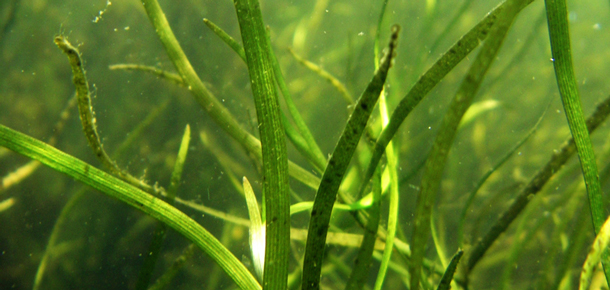Knauss legislative fellowships in Congress help build careers — and they're fun and educational. See our video and fact sheet for details.
Healthy Coastal Ecosystems

The Chesapeake Bay has experienced a profound functional shift from an ecosystem dominated by benthic processes (i.e., at or near the bottom of the Bay) to one driven by planktonic production in the water column. Urbanization, intensive agriculture, and large-scale changes within the watershed are primary contributors to an ecosystem functionally impaired by excess nutrients and sediments -- impairments evident in the water quality, habitat structure, and biodiversity of Maryland coastal and freshwater systems. Achieving sustainable Chesapeake and coastal bays requires science-based decisions about how and when conservation and restoration efforts can be most effective.
To address these issues of conservation and restoration, Maryland Sea Grant will investigate:
- Coastal and ecosystem processes in marine, estuarine, and freshwater reaches of our watersheds on multiple spatial and temporal scales
- Ecosystem resilience and responses to nutrient and sediment reduction, climate change, invasive species, urbanization/land use change, TMDL requirements, etc.
- The societal constraints that influence policy directions
These efforts will improve ecosystem-based decision making in the Bay watershed by providing decision makers and constituents with the understanding needed for addressing complex socio-environmental issues.
For additional detail, visit our recent Request for Proposals or the Maryland Sea Grant Strategic Plan.
Photograph courtesy of Cassie Gurbisz





